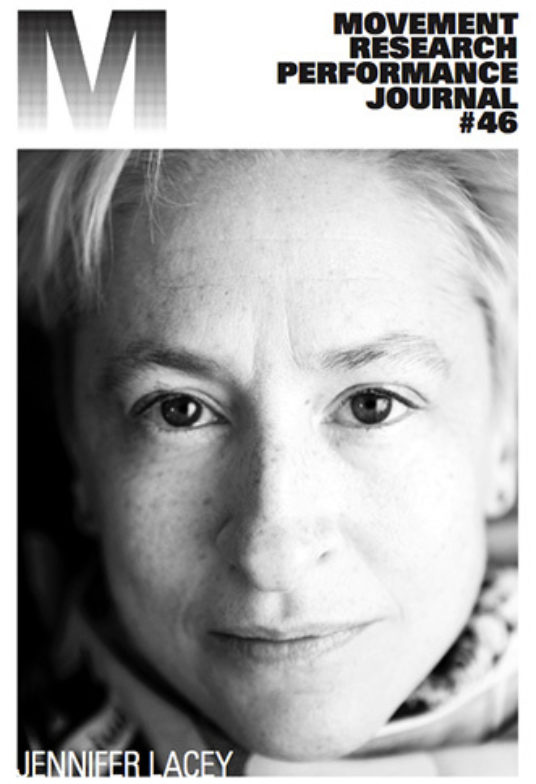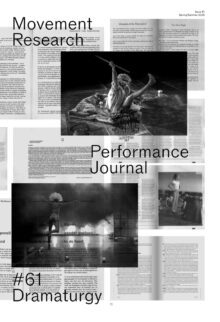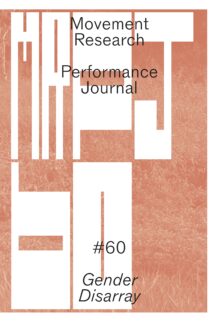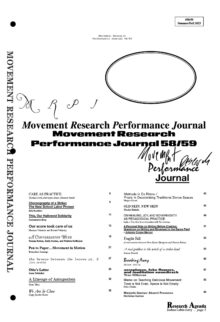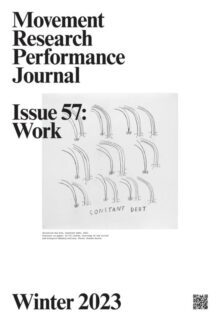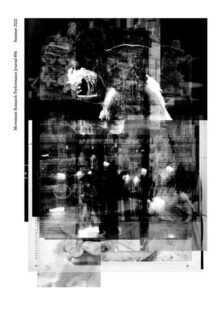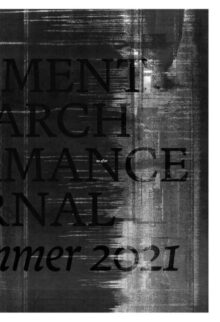Dear Readers,
This issue continues an array of personalities and issues. Chances are that you will get lost within these pages.
…Getting lost. Is getting lost a subtle resistance to hegemony?
In the course of putting an issue together, I get lost in the process of assembling it. And for the reader, the act of engaging with this collection of personalities, voices, profiles and aesthetic positions is not intended to be a chronological, contained event. There are many different modes of address within these pages, some intimate, others formal. Some are frustrated while others suggest reverence. Some are playful. Others are strictly theoretical. They all invoke the fundamentally performative nature of address.
The objecthood of the Performance Journal induces an act of bodily reading. You have to interact with it physically in order to apprehend its content. It’s difficult to navigate. It can fall apart. Structures of repetition simultaneously repeat themselves and appear to happen only once. The range of size, shape and frames within any issue of the PJ work to undo my own sense of control over it.
According to an acclaimed philosopher, also known as Deleuze, every judgement has a preventive effect. It is designed to prevent something new from emerging and new forms of life from constituting themselves. This is why, instead of things being judged and assessed, they should be called into existence and values should be created…
It’s Spring. Time to renew. Let’s call things into existence.
– Moriah
• • •
Jennifer Lacey is a friend and an artist whom I admire enormously. Having been in turn a spectator, a guest and a performer in her work as well as a collaborator and producer, I’ve had the chance to meet her art both as process and product.
This portfolio gathers contrasting forms of writing, about and stemming from Lacey’s work. Texts about the work include an interview, a review, an essay and a running commentary. Texts stemming from the work include a collage published in guise of a program text, outcomes from a writing practice framed as the making of propaganda for a utopian community that didn’t know its own agenda, and a performance score. Additionally, various letters to or by Lacey surrounding her work bear witness to her idiosyncratic contextualizing process. I hope this layering of languages reveals the poetic, critical and experimental work that is Jennifer Lacey’s.
— Alice Chauchat
